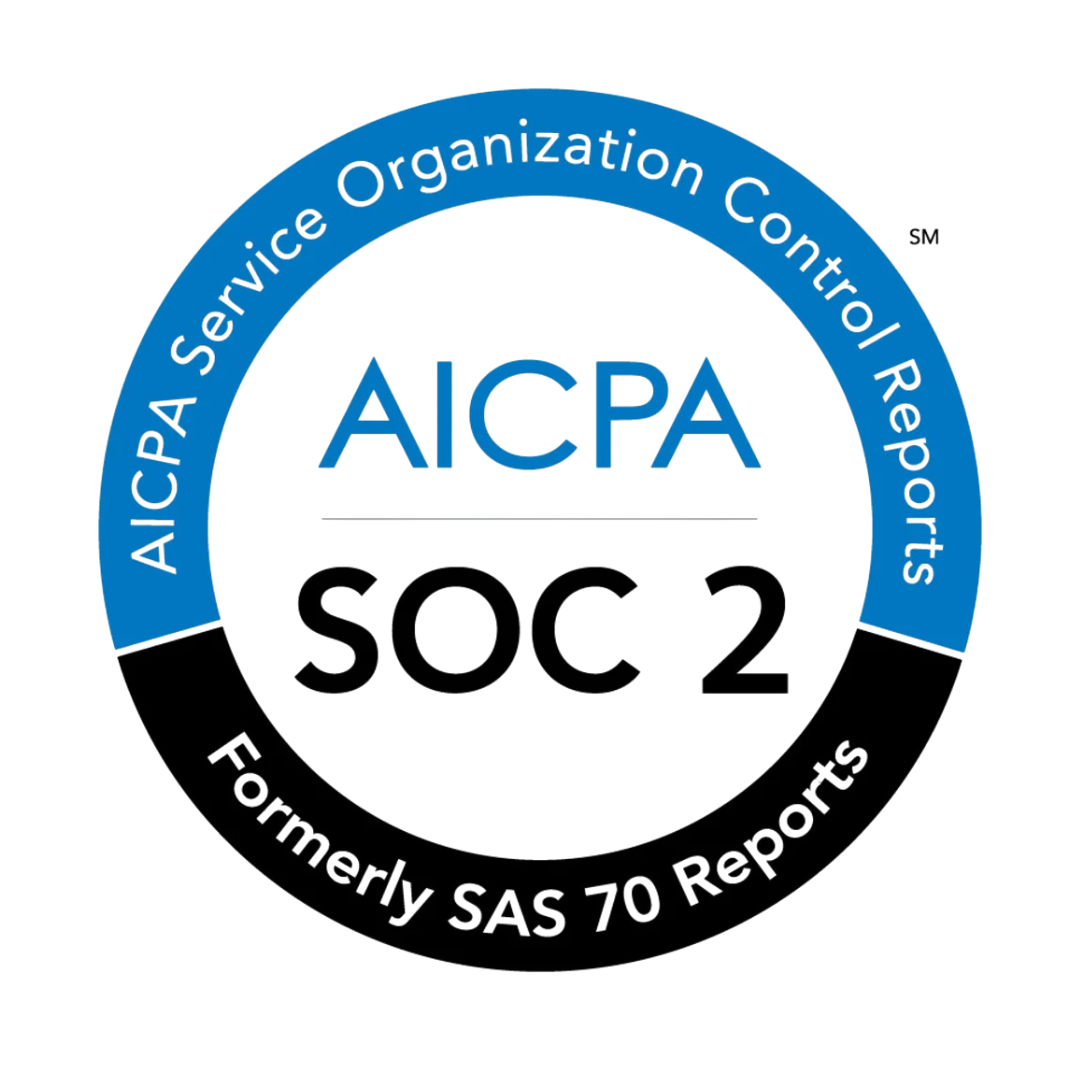The pre-seed funding landscape has evolved dramatically over the past few years, with round sizes and valuations experiencing significant shifts that directly impact how SaaS founders approach their fundraising strategy. As pre-seed has become the fastest growing round type, responsible for 20%+ of all venture rounds globally, understanding current market benchmarks has never been more critical for founders looking to set realistic expectations and optimize their fundraising approach. (Metal)
For 2025, the data tells a complex story of market correction and regional variation that requires founders to think strategically about both their funding targets and valuation expectations. Recent market analysis shows that pre-seed startup valuations saw a 10% fall in the median during Q1 2024, marking the first significant change from the previous stability around the $5 million mark. (Equidam) This shift, combined with a 56% increase in funding targets at the pre-seed stage, signals important changes in market dynamics that founders must navigate carefully.
The Current Pre-Seed Market Landscape
Round Size Trends and Market Dynamics
The pre-seed market has undergone substantial changes in recent years, with round sizes showing both growth and contraction depending on the time period examined. According to industry data, a vast majority of pre-seed rounds in the US tend to be in the $1-2m range, though this baseline is shifting as market conditions evolve. (Metal)
A significant trend emerged in 2024 showing that sub-$5 million seed rounds have decreased from 62.5% in 2015 to 33% in 2024, representing a drop of 29.5 percentage points. (Tomtunguz) This transformation is driven by three primary forces: VC fundraising dynamics (accounting for 46% of the decline), inflation, and other market forces. The data shows that US venture capital fundraising nearly doubled from $42.3B in 2015 to $81.2B in 2024, creating pressure for larger round sizes across all stages.
After a period of contraction in 2023, U.S. seed and early-stage round sizes began increasing again in the first half of 2024. (AINAD) The median increase was most pronounced for seed and Series A rounds, rising above 2021 and 2022 amounts, suggesting a recovery in founder confidence and investor appetite.
Valuation Benchmarks and Regional Variations
Valuation trends in 2025 reflect a market that's still finding its equilibrium after the dramatic shifts of 2022-2023. Pre-seed rounds in the US have historically been raised at the $5-10m valuation range, but recent data suggests this benchmark is under pressure. (Metal)
The Q1 2024 data revealed that Europe was the only region not to record a fall in startup valuation, while other regions, including the United States, experienced downward pressure on pre-seed valuations. (Equidam) This geographic variation creates opportunities for founders who understand how to position themselves relative to regional market conditions.
Early stage startup valuations had been on a steady and modest upward trend over the past two and a half years, with pre-seed companies largely insulated from macro-economic conditions and market shocks. (Equidam) However, the market correction observed in Q3 and Q4 of 2022, continuing into Q1 of 2023, likely reflected peak 'fear' around venture capital availability.
2025 Benchmarks by Business Model
Traditional SaaS vs. AI-Enabled Companies
The distinction between traditional SaaS and AI-enabled companies has become increasingly important in 2025 fundraising dynamics. AI startups are experiencing a fundamentally different funding landscape, with many companies skipping pre-seed and seed funding rounds entirely and moving straight to Series A. (Medium)
This trend is driven by AI startups' ability to reach Product-Market Fit (PMF) faster than traditional startups, largely because AI companies can build quickly using open-source foundation models, cloud infrastructure, and APIs. The result is that AI-enabled SaaS companies often command higher valuations and larger round sizes at the pre-seed stage, when they do raise at this level.
For traditional SaaS companies, the benchmarks remain more consistent with historical patterns. Most commonly, pre-seed rounds provide capital for founders to build a product and achieve preliminary market traction, with these outcomes typically qualifying companies for a seed round. (Metal)
Geographic Breakdown: Bay Area vs. Rest of U.S.
Geographic location continues to play a significant role in pre-seed funding dynamics, though the gap between Bay Area and other U.S. markets has been narrowing. Bay Area companies traditionally command premium valuations due to the concentration of experienced investors and the competitive funding environment.
For founders in countries or regions with highly developed venture ecosystems like the US, the recommended approach is to identify investors that have made a healthy percentage of their investments in North America. (Metal) This typically includes a large number of investors across Europe and Asia that focus on investing in US companies, expanding the potential investor pool beyond purely domestic options.
The data suggests that founders outside the Bay Area should focus on investors that are "geographically relevant" based on their prior investments, rather than taking an overly restrictive approach that focuses only on local investors.
Detailed Benchmark Tables for 2025
Pre-Seed Round Size Benchmarks
PercentileTraditional SaaSAI-Enabled SaaSBay Area Premium25th$800K - $1.2M$1.2M - $1.8M+15-25%Median (50th)$1.5M - $2.0M$2.0M - $3.0M+20-30%75th$2.5M - $3.5M$3.5M - $5.0M+25-35%90th$4.0M - $6.0M$6.0M - $10.0M+30-40%
Pre-Seed Valuation Benchmarks
PercentileTraditional SaaSAI-Enabled SaaSGeographic Notes25th$3.5M - $5.0M$5.0M - $7.5MBay Area +20-30%Median (50th)$5.0M - $7.5M$7.5M - $12.0MRest of US baseline75th$8.0M - $12.0M$12.0M - $20.0MEurope comparable90th$15.0M - $25.0M$25.0M - $40.0MOutlier deals
Dilution Impact at Common SAFE Caps
Understanding dilution is crucial for founders using SAFE notes, which have become the dominant instrument for pre-seed fundraising. SAFE notes delay dilution instead of pricing it upfront, which can lead to founders giving away large chunks of equity at a discount if not carefully managed. (Climate Insider)
SAFE Cap$1.5M Raise$2.0M Raise$3.0M Raise$5M30.0%40.0%60.0%$7.5M20.0%26.7%40.0%$10M15.0%20.0%30.0%$15M10.0%13.3%20.0%$20M7.5%10.0%15.0%
Market Timing and Investor Dynamics
The "Two Seed Rounds" Phenomenon
A significant trend that emerged in 2023 and continues into 2025 is the prevalence of companies raising a second seed round, often referred to as Seed+, Seed 2, Seed extension, or Pre-A. (LinkedIn) This trend developed because Series A round sizes and valuations increased over the previous five years, while the metrics expected by Series A investors also went up following the bear market of 2022.
This dynamic creates an important consideration for pre-seed founders: planning not just for the immediate round, but for the potential need for additional capital before reaching Series A metrics. The typical software startup in 2023 raised their Series A 15 months after raising their seed at 2x their seed valuation, compared to three months earlier at 3.5x the valuation in the previous year. (Tomtunguz)
Investor Landscape and Optionality
The pre-seed investor landscape presents unique challenges for founders. While pre-seed rounds occur in larger numbers than Series A financings, the total number of investors specializing at pre-seed is about one-third that of Series A. (Metal) This concentration means that pre-seed activity is highly concentrated within a small pool of investors, each making a large number of investments annually to spread risk across a broader distribution of companies.
Accelerators play a particularly important role in the pre-seed ecosystem, responsible for more than 35% of all pre-seed rounds globally. (Metal) For first-time founders, accelerators create network effects and shared learning opportunities that can be particularly valuable beyond just the capital provided.
The limited optionality at pre-seed makes it critical for founders to rely on data rather than hearsay to correctly identify investors that specialize at this stage. (Metal) This is where platforms that provide detailed investor data and matching capabilities become particularly valuable for founders looking to optimize their fundraising approach.
Strategic Considerations for 2025
Fund Size Matching and Check Size Dynamics
Understanding fund size dynamics is crucial for pre-seed founders in 2025. The general rule of thumb is that most investors maintain a check size that is roughly 1-2% of their total fund size. (Metal) For example, investors with a fund size of $100M will typically write checks in the $100-200K range.
Founders raising large rounds need to target VCs with correspondingly large fund sizes, while those looking to add smaller amounts of capital should focus on micro VCs that write $100-300K follow-on checks. A fund size mismatch is often a primary reason why investors are unable to lead or participate in rounds.
Activity Levels and Timing
Similar to startups, venture funds have a fluid nature, with only about 10% of all venture funds actively deploying capital at any given time. (Metal) Founders need to filter for investment firms that have made at least one investment in the past 3-6 months to ensure they're targeting active investors.
This timing consideration is particularly important in 2025, as AI venture funding rebounded to over $11 billion in Q4 of 2023, suggesting increased activity levels in AI-focused funds. (Stay Blog)
Stage Specialization vs. Stage Tourism
Founders often confuse pre-seed and seed investors as interchangeable, but this is a critical mistake. Investors have vastly different expectations at pre-seed versus seed, and most investors that specialize at seed do not specialize at pre-seed. (Metal)
The distinction between "stage specialists" and "stage tourists" is crucial. Stage specialists are investors that focus primarily on a given stage, while stage tourists invest in that stage opportunistically in outlier situations. For pre-seed founders, targeting stage specialists significantly improves conversion rates throughout the fundraising process.
Practical Implementation Framework
Setting Realistic Targets
Based on the 2025 benchmark data, founders should set their fundraising targets using a tiered approach:
Conservative Target (25th-50th percentile):
• Traditional SaaS: $1.2M - $1.8M at $4M - $6M valuation
• AI-enabled SaaS: $1.8M - $2.5M at $6M - $9M valuation
Ambitious Target (50th-75th percentile):
• Traditional SaaS: $1.8M - $2.8M at $6M - $10M valuation
• AI-enabled SaaS: $2.5M - $4.0M at $9M - $15M valuation
Stretch Target (75th-90th percentile):
• Traditional SaaS: $2.8M - $4.5M at $10M - $18M valuation
• AI-enabled SaaS: $4.0M - $7.0M at $15M - $30M valuation
Dilution Planning
Using the benchmark data, founders can plan their dilution strategy more effectively. For a typical $2M raise at a $8M SAFE cap, founders should expect approximately 25% dilution. However, this calculation becomes more complex when considering multiple SAFE notes with different caps and the potential for future rounds.
The key is to model various scenarios and understand how different SAFE cap levels impact long-term ownership. Founders should also consider the potential need for follow-on funding before reaching Series A metrics, which could result in additional dilution.
Geographic Strategy
For founders outside the Bay Area, the data suggests focusing on the broader U.S. market rather than restricting searches to local investors. The approach should be to identify investors that are "geographically relevant" based on their prior investments, which often includes international investors with a focus on U.S. companies. (Metal)
Looking Ahead: Market Predictions for Late 2025
Based on current trends and market dynamics, several predictions emerge for the latter half of 2025:
Continued AI Premium: AI-enabled SaaS companies will likely continue commanding premium valuations and larger round sizes, though the gap may narrow as the market matures and competition increases.
Regional Convergence: The valuation gap between Bay Area and other U.S. markets may continue to narrow as remote work and distributed teams become more accepted by investors.
Increased Selectivity: With the 56% increase in funding targets observed in Q1 2024, investors may become more selective, focusing on companies with stronger traction metrics and clearer paths to profitability. (Equidam)
Extended Timelines: The trend toward longer fundraising cycles and the need for bridge rounds may continue, requiring founders to plan for extended runway and multiple funding events before reaching Series A.
Conclusion and Action Items
The 2025 pre-seed landscape presents both opportunities and challenges for SaaS founders. While valuations have experienced some correction from peak levels, round sizes have generally maintained strength, particularly for AI-enabled companies. The key to success lies in understanding these benchmarks and positioning appropriately within the market context.
For founders preparing to raise in 2025, the most critical actions include:
1.
Use the data provided to set realistic targets based on your business model, geography, and market position.
2.
Model various SAFE cap scenarios and understand the long-term ownership implications of your fundraising strategy.
3.
)
4.
Plan for longer fundraising timelines and potential bridge funding needs before reaching Series A metrics.
5.
)
The pre-seed market in 2025 rewards founders who approach fundraising with a data-driven mindset and realistic expectations based on current market conditions. By understanding these benchmarks and implementing a strategic approach to investor targeting, founders can significantly improve their chances of successfully raising capital in today's competitive environment. (Metal)
Frequently Asked Questions
What is the typical pre-seed round size for U.S. SaaS startups in 2025?
Based on current market data, pre-seed round sizes have grown significantly, with sub-$5 million rounds decreasing from 62.5% in 2015 to just 33% in 2024. The median pre-seed round size has increased substantially due to VC fundraising dynamics, inflation, and market forces. Most U.S. SaaS startups now raise between $1-3 million in their pre-seed rounds, though this varies by geography and business model.
How have pre-seed valuations changed in 2024-2025?
Pre-seed valuations experienced a 10% decline in median valuations during Q1 2024, dropping from the previously stable $5 million mark. However, there was a 56% increase in funding targets at this stage, indicating potential market concerns. Despite macro-economic pressures, pre-seed companies remain largely insulated from broader market shocks compared to later-stage startups.
What dilution should SaaS founders expect in a pre-seed round?
SAFE notes, the most common pre-seed instrument, delay dilution pricing which can lead to significant equity loss for founders. Data from 14,911 startups shows founder ownership consistently decreases from seed through Series D rounds. Founders should carefully calculate potential dilution scenarios and consider cap table implications when structuring their pre-seed fundraising strategy.
Are AI SaaS startups following different pre-seed funding patterns?
Yes, AI startups are increasingly skipping traditional pre-seed and seed rounds, moving straight to Series A funding. This trend is driven by AI companies' ability to reach product-market fit faster using open-source foundation models, cloud infrastructure, and APIs. AI venture funding rebounded to over $11 billion in Q4 2023, reflecting investor appetite for this sector.
How long should a pre-seed round last before raising Series A?
According to recent data, the typical software startup raised their Series A 15 months after their seed round in 2023, compared to 12 months in prior years. Many companies are now raising "Seed+" or second seed rounds due to increased Series A metrics requirements. Pre-seed funding should provide 18-24 months of runway to achieve the milestones needed for subsequent funding rounds.
What are the key factors driving larger pre-seed round sizes?
Three primary forces are driving the growth in pre-seed round sizes: VC fundraising dynamics (accounting for 46% of the change), inflation pressures, and evolving market conditions. U.S. venture capital fundraising nearly doubled from $42.3B in 2015 to $81.2B in 2024, enabling larger fund sizes and bigger initial investments in promising startups.
Sources
1. https://ainad.net/after-slowing-in-2023-us-median-round-size-again-growing/?utm_source=openai
2. https://climateinsiders.substack.com/p/safe-note-dilution-how-to-calculate
4. https://stayblog.substack.com/p/top-4-observations-for-ai-venture
5. https://tomtunguz.com/death-of-small-seed-round/
6. https://tomtunguz.com/the-typical-round-in-2023
7. https://www.equidam.com/startup-valuation-delta-q1-2024/
8. https://www.equidam.com/startup-valuation-delta-q2-2023
11. https://www.metal.so/blog/finding-investors





